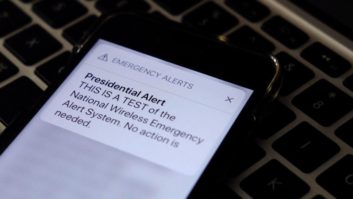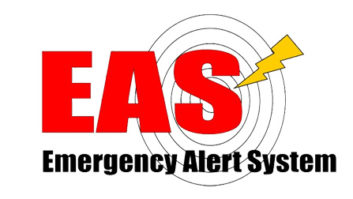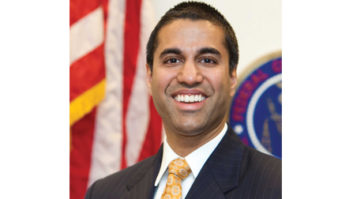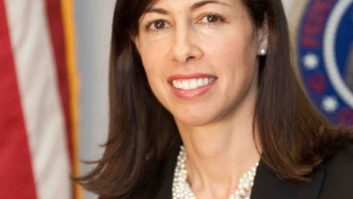The Federal Communications Commission proposed several measures at its monthly meeting on Thursday to bolster the effectiveness of Wireless Emergency Alerts (WEA) throughout the United States.
Wireless alerts have been around for a decade and the service has proven successful, according to the FCC, but use of smartphones and our reliance upon such devices has mushroomed since then.
However, there is no formal mechanism for the commission to collect reliable and consistent data about the system’s performance, according to the FCC. While wireless providers are not mandated to carry wireless alerts, the FCC is proposing that wireless carriers do report on key aspects of the performance of the alert service.
The Warning Alert and Response Network Act (WARN) was passed by the United States Congress in 2008 and was meant to compliment traditional emergency alerts from radio and television. The WARN Act created the framework of a similar system for wireless devices.
Specifically, the FCC’s Further Notice of Proposed Rulemaking (FNPRM) to amend its rules seeks comment on:
- How the reliability, speed, and accuracy of Wireless Emergency Alerts should be defined and whether these are the most pertinent performance measures for the service;
- How participating wireless providers should measure the performance of Wireless Emergency Alerts for the purpose of generating performance reports;
- When and how these performance reports should be provided to the Commission;
- Whether and how these performance reports should include information collected at the consumer’s device.
At the meeting on Thursday, FCC Chairwoman Jessica Rosenworcel said while reliance on Wireless Emergency Alerts has grown, the commission’s own rules have not kept pace.
“Right now, there’s still a big disparity when it comes to the information we collect about how the nation’s two emergency alerting platforms perform,” she said. “For radio and television systems, we require participating broadcasters to file detailed reports after each nationwide test disclosing specifics about performance. But for Wireless Emergency Alerts, we don’t have any standard reporting.”
The FCC chairwoman noted Thursday’s proposals are based in part on data collected after the Nationwide Test of the Emergency Alert System and Wireless Emergency Alerts on August 11, 2021. The national test, which was conducted by FEMA, provided valuable insights into Wireless Emergency Alerts, according to the FCC.
“We learned that while most respondents received the test message, some went undelivered. There were also reports of duplicate messages, which could be confusing in a real emergency. So the proposals in the rulemaking we adopt here build on what we learned and provide a pathway for better data and monitoring in the future,” Rosenworcel said.
In addition, the FCC issued a Public Notice seeking more public safety agency partnerships for additional end-to-end Wireless Emergency Alert performance testing. The tests will be designed to measure the performance of local alerts with enhanced geo-targeting, according to Rosenworcel.
[Related: “Smarter Ways to Improve Emergency Alerts”]
Commissioner Geoffrey Starks said he supported refreshing the record with today’s notice to better monitor and improve the WEA system.
“But, at the same time, I want to stress the need for interested stakeholders to actually participate in this proceeding,” Starks said.
The FCC also has been considering upgrades for legacy EAS that would allow for more visual aspects of emergency alerting in this country.
Comments can be made in PS docket numbers 15-91 and 15-94. However, the comment clock on the proposed amendments won’t begin until the FNPRM is published in the Federal Registry.
Randy J. Stine has spent the past 40 years working in audio production and broadcast radio news. He joined Radio World in 1997 and covers new technology and regulatory issues. He has a B.A. in journalism from Michigan State University.












